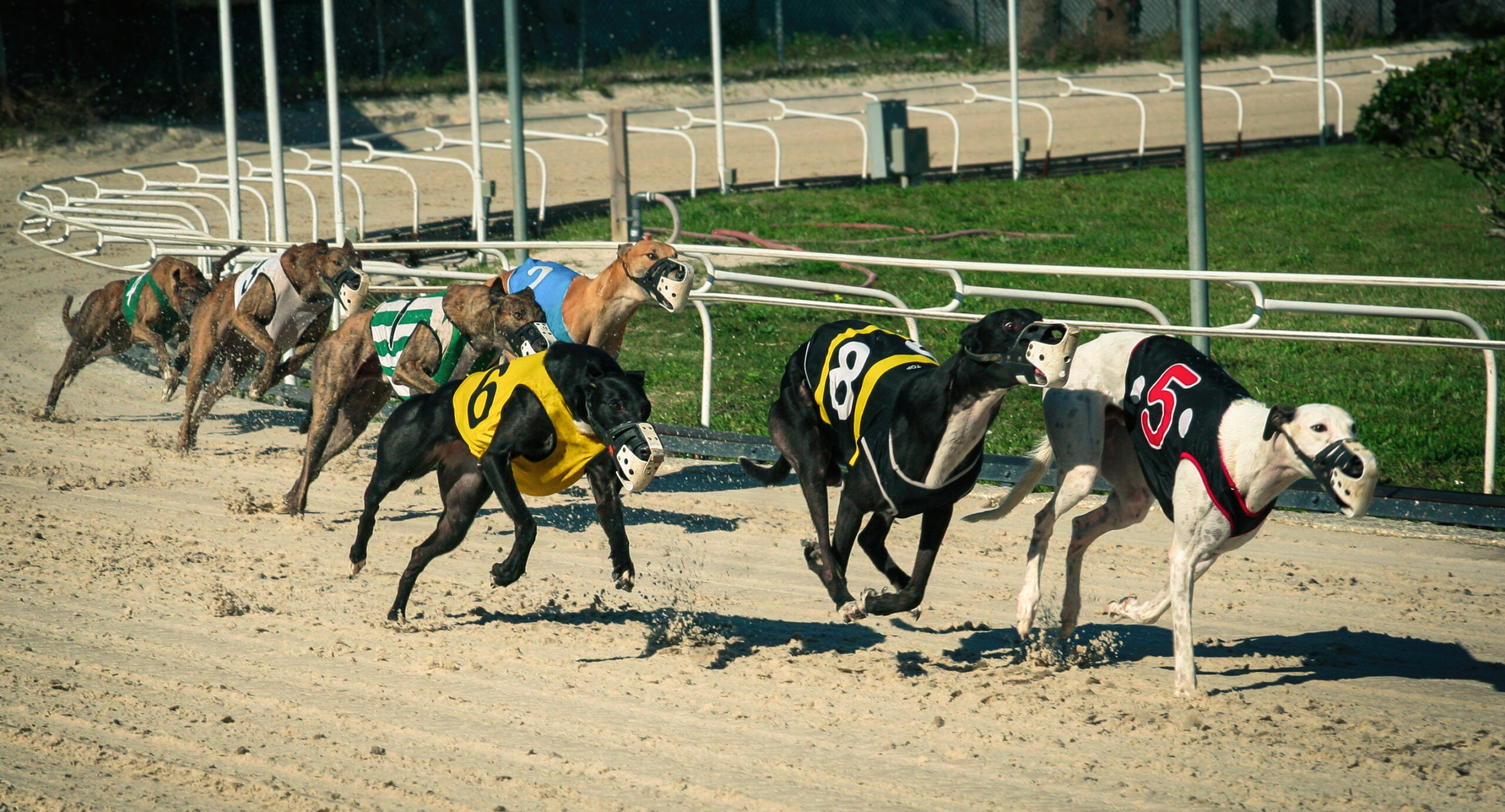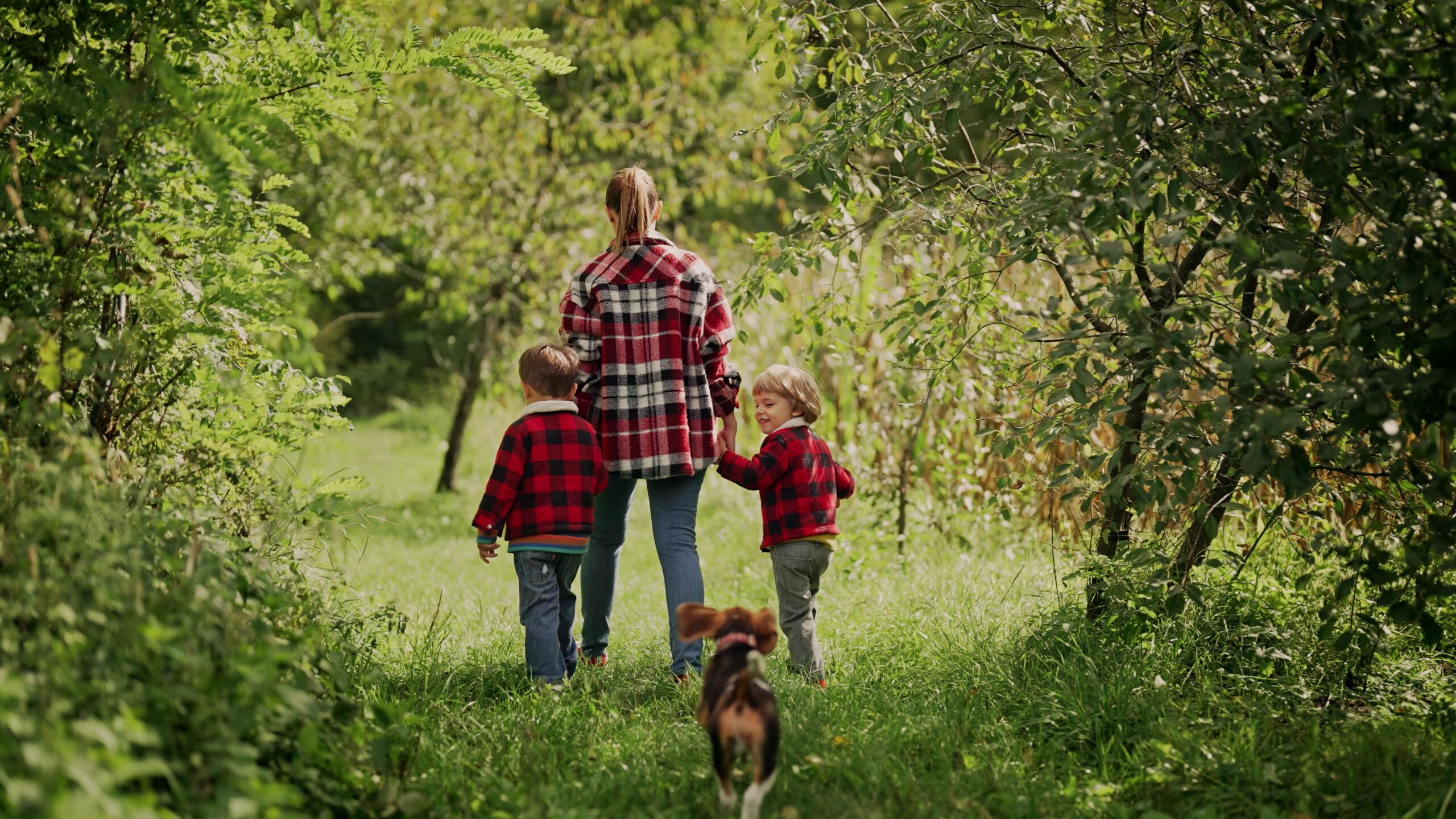
The Controversial Sport of Greyhound Racing (Free Article)
Greyhound racing is a sport where fast and elegant dogs run around a track but
BLC became the idea of breeders in the pet breeding community in early 2014. Concerned individuals, groups, and associations within the pet industry (which includes state educationalists, animal husbandry groups, veterinarians, dog breeders, pet distributors, transporters, and pet stores) who were dedicated to ensuring and promoting good animal husbandry practices, health, welfare, and safety of the dogs and puppies in their care. The need arose for a group that controlled a united message, a council of leaders that provides a sounding board and a direct line to the breeder leaders of each state, in the fight to defend our way of life.
At the MPBA Seminar in March of 2014, the idea grew, a name was adapted, and the BLC was formed. The day after the meeting, at MPBA, there was a meeting at the USDA Education Center in Kansas City. The purpose of the meeting was to strengthen, or mend, if need be, the bridge between breeders and USDA. What better way to meet with our regulatory agency than as a unified group? One voice, one mind. To this day working with USDA is still our biggest achievement.
BLC Goals and Objectives:
The Breeder Leadership Counsel is a national collation comprised of professional canine breeders and animal husbandry organizations inclusive of all states across America.
The BLC strives to:
The BLC is comprised of a Delegate Body and a seven-member board that is chosen from the Delegate Body. The board consists of breeder representatives, broker distributors, pet store owners, and veterinarians. In conclusion, it’s important to recognize that members in the pet industry have not always had a good relationship with regulatory agencies etc. This has greatly improved over the years, and for the simple reason that concerned individuals stepped up to the plate and were willing to do what it takes to make it happen. Today, we can reap the rewards of the work they put in, so if you have the chance, reach out and thank one of these amazing advocates!
Article written by Ervin Raber

Greyhound racing is a sport where fast and elegant dogs run around a track but

Knowing what your puppy customer
expects you to ask them is a good way to
know how you should respond when they ask,
“Do you have any questions for our family?”
Adopters expect the breeder to thoroughly
interview them! Some websites demand a
family to find a different breeder if they are
not asked personal questions about their
puppy’s future home. Asking a customer the
right questions can not only prove you are an
ethical breeder but show the customer you
care about your puppy’s long-term success
within an adoption.

The interview for this article of The Dog Journal is with Joe Miller, CEO and founder of his company Summit Professional Services.